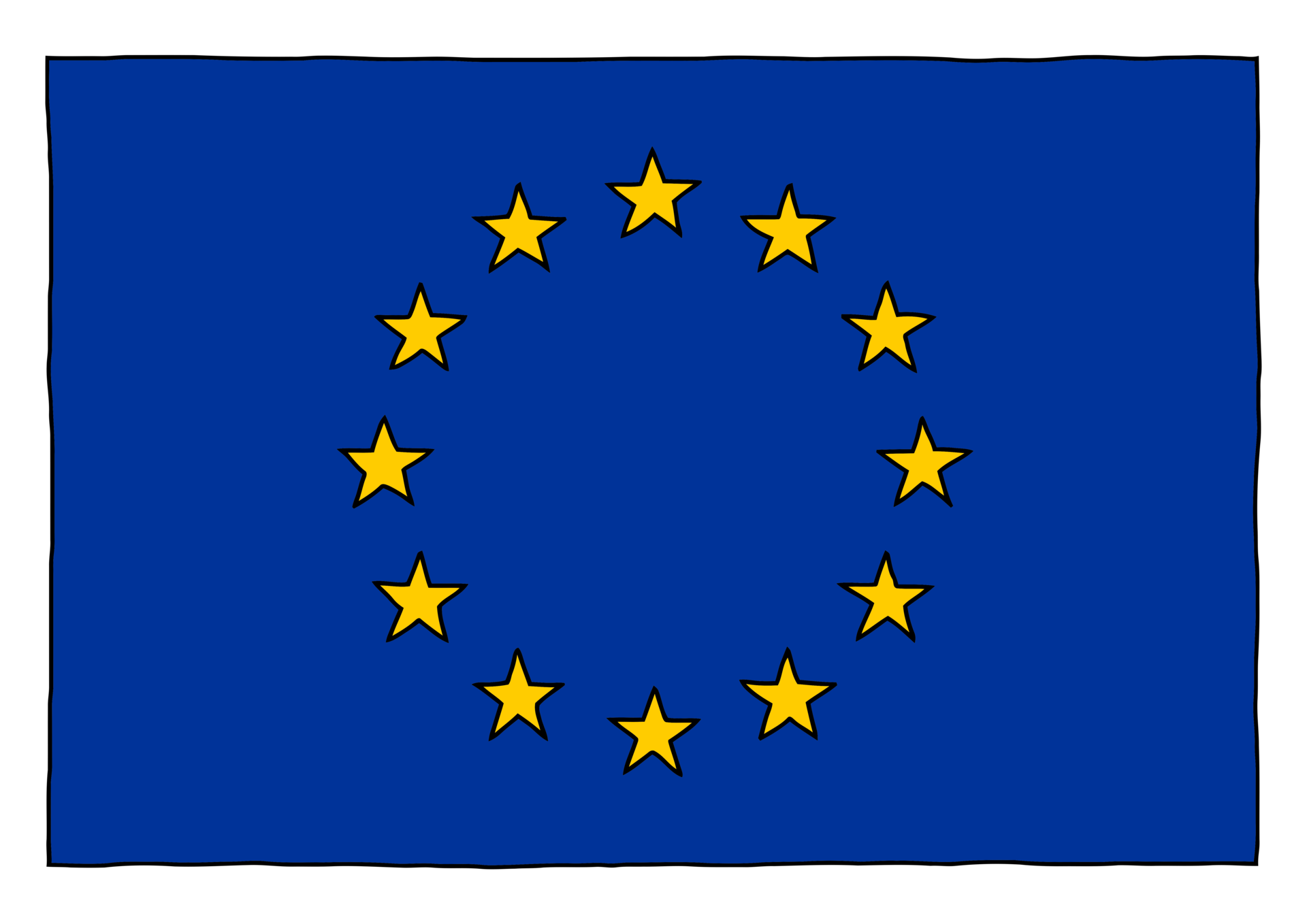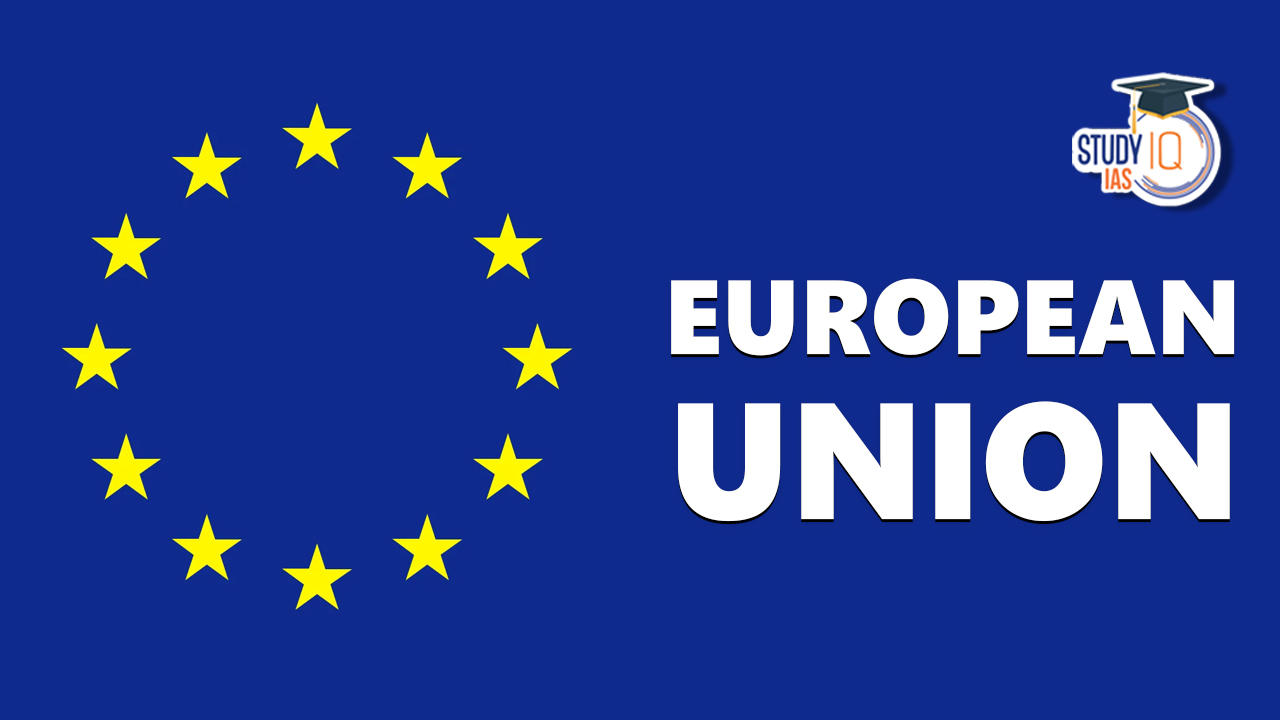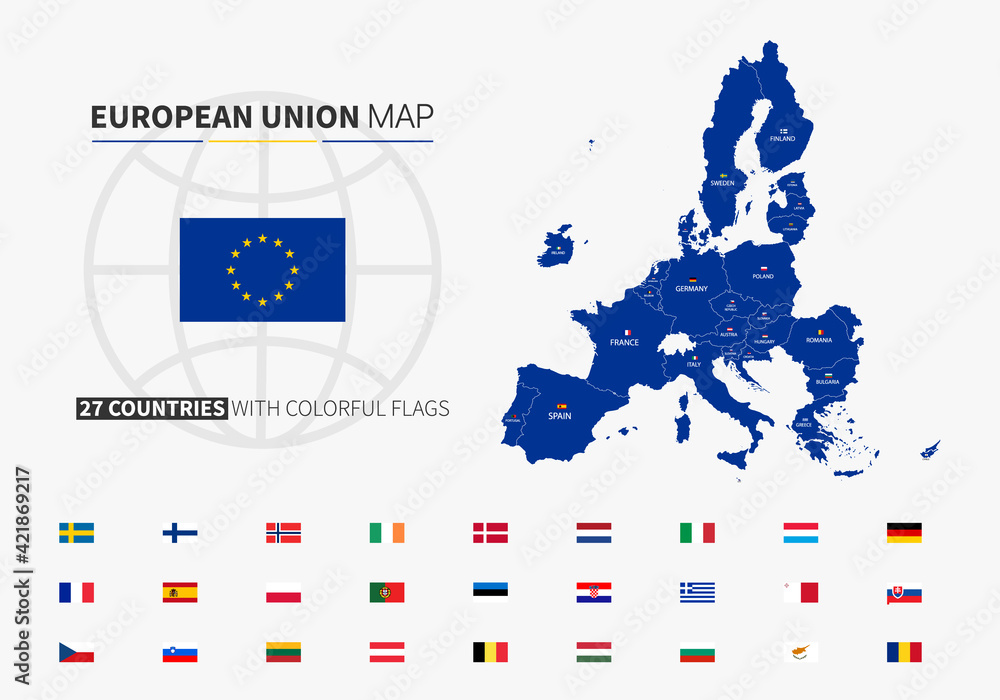Exploring How The European Union Created A New Form Of Currency Called The...
Have you ever wondered about the powerful forces that shape our global economy, or perhaps, what ties nations together in a shared financial vision? It’s pretty fascinating, you know, how countries work together. The story of economic unity in Europe is a rather big one, and it certainly changed a lot of things. Thinking about how deeply intertwined economies can become, it makes you curious about what kind of shared tools they might develop.
This whole idea of coming together, especially across a vast continent, really picked up steam with the establishment of the European Economic Community back in 1957. Then, later on, in 1993, the European Union itself came into being, which, as a matter of fact, took that economic cooperation to a whole new level. This deepened connection between many of the continent’s countries laid the groundwork for some truly remarkable changes, setting the stage for bigger economic steps.
So, it’s in this context of growing partnership and shared goals that we can really appreciate the significance of a bold step: the european union created a new form of currency called the... This wasn't just a simple decision; it was a reflection of decades of working together, building trust, and aiming for greater stability across diverse nations. It’s a story that involves a lot of history, geography, and, honestly, a fair bit of ambition.
Table of Contents
- The Continent of Europe and Its Connections
- A History of Coming Together Economically
- Why a Shared Currency Made Sense
- The Impact of a Unified Currency
- Learning More About the EU and Its Activities
- Frequently Asked Questions
- What This Means For You
The Continent of Europe and Its Connections
Europe, as you might know, is a pretty unique place on the globe. It's bordered by lots of different bodies of water, which, you know, really shapes its character. From the Atlantic to the Mediterranean, these waters have always played a big role in connecting and separating its peoples. Interestingly, it’s separated from Asia by Russia's Ural Mountains and also by the Caspian and Black Seas, giving it a very distinct geographical identity.
And, too it's almost, the Mediterranean Sea acts as a natural divide from Africa. This rich geographical tapestry, with its various landforms and boundaries, has naturally led to a diverse collection of countries and cultures. You can find maps, for instance, that show all these seas, country boundaries, and capital cities, like those often seen in educational materials. It's quite something to see how all these pieces fit together, forming a continent with a long and varied past.
While the precise boundaries of Europe are still a matter of debate for some, most maps include the countries commonly considered European. This includes a wide list of sovereign nations, many of which are members of the UN and, of course, the EU. This shared geographical space, in a way, often encourages cooperation and, sometimes, even the development of shared systems.
A History of Coming Together Economically
The story of European peoples and cultures goes way, way back, beginning with the first appearance of anatomically modern humans. This history, stretching from the Stone Age right up to today, is filled with periods of both unity and division. But, in more recent times, there's been a very clear push towards greater collaboration, particularly on the economic front.
The creation of the European Economic Community in 1957 was, frankly, a massive step. It really set the stage for countries to work together on trade and economic policies in a way they hadn't before. This wasn't just about sharing goods; it was about building a common economic future. And then, the establishment of the European Union in 1993 took this concept of cooperation even further, creating a much broader framework for shared governance and policy-making.
These developments greatly enhanced economic cooperation between many of the continent’s countries. It meant less friction at borders for goods, more shared standards, and a general move towards a more integrated marketplace. This kind of deep economic integration, you know, naturally leads to discussions about even more unified approaches, perhaps even a shared financial tool. It's a process that has been carefully managed by bodies like the European Parliament, the European Council, and the European Commission.
Why a Shared Currency Made Sense
With such strong economic ties and a desire for even deeper integration, the idea of the european union created a new form of currency called the... became a pretty compelling one. Imagine, for a moment, the simplicity of trade when you don't have to worry about exchanging money every time you cross a border between member countries. It just makes things smoother for businesses and for people traveling, doesn't it?
This move towards a unified currency was, in a way, a logical next step for countries that were already deeply committed to economic partnership. It promised to reduce transaction costs, make prices more transparent across borders, and, quite possibly, boost trade and investment within the region. It was about creating a more stable and predictable economic environment for everyone involved, offering a clear advantage for the participating nations.
Such a currency would also symbolize a deeper political and economic bond, showing the world a united front. It meant that, in some respects, these nations were truly operating as one economic bloc. This kind of financial integration, honestly, is a huge undertaking, requiring immense coordination and agreement among many different sovereign states.
The Impact of a Unified Currency
When the european union created a new form of currency called the..., it had a rather big impact, both inside and outside its borders. For citizens and businesses within the participating countries, it simplified travel and trade immensely. No more changing money every time you went from, say, France to Germany; it was just one seamless financial experience.
For the global economy, this new currency quickly became a significant player. It represented a large economic area, giving the EU a stronger voice in international financial discussions. This kind of collective economic strength, you know, really gives more weight to the region on the world stage. It also meant that financial decisions made by the European Central Bank would affect a very large population and a substantial portion of the world's economic activity.
The move was, therefore, a testament to the ongoing commitment to economic and political integration that began with the European Economic Community. It showed a clear progression from simply enhancing economic cooperation to creating a tangible symbol of that unity. Teaching materials, games, and other resources are available for children, teenagers, teachers, and parents to help them learn more about the European Union and its activities, including its economic structures.
Learning More About the EU and Its Activities
If you're curious to learn even more about the European Union and its various functions, there's a wealth of information out there. From its history, which goes back to the Stone Age in Europe, to its current activities, there’s a lot to explore. You can discover more about the European Union's journey on our site, delving into its origins and how it has grown over time.
There are many different organizations within Europe, both large and small, that contribute to the continent's dynamic nature. Understanding how they all fit together, and how decisions are made by bodies like the European Parliament or the European Commission, is pretty insightful. And, you know, you can also link to this page to understand the structure of the EU, to get a better sense of how it operates.
For a deeper dive into the specifics of European economic history and the role of its institutions, you might find it helpful to consult an official source on European history, such as those found on an official European Union website, which, you know, provides a lot of accurate details. This ongoing journey of cooperation and integration continues to shape the continent and its place in the world. The maps of Europe, showing its countries, seas, and cities, really help visualize this vast and interconnected region.
Frequently Asked Questions
What was the main reason for the european union created a new form of currency called the?
Basically, the main reason was to greatly enhance economic cooperation and integration among member countries. By having a single currency, it made trade easier, reduced transaction costs, and helped create a more stable economic environment across the continent. It was a big step towards a more unified economic area, which, you know, was a long-term goal for the European Union.
How did the European Economic Community contribute to the creation of this currency?
The European Economic Community, established in 1957, was actually the foundational step. It fostered deeper economic cooperation and created the conditions where a shared currency became a logical progression. This community laid the groundwork for the later formation of the European Union in 1993, which then, you know, truly brought the idea of a common currency to fruition.
What are some benefits of having a shared currency for European countries?
There are several benefits, really. For one, it simplifies travel and trade across borders by removing the need for currency exchange. This makes goods and services more transparent in terms of price, potentially boosting trade and investment within the region. It also, in a way, gives the participating countries a stronger collective voice in the global economy, which is pretty powerful.
What This Means For You
Understanding how the european union created a new form of currency called the... gives us a better picture of how international cooperation works. It shows how countries, despite their differences, can come together for shared economic goals. This kind of historical and economic knowledge is, honestly, very useful for anyone trying to make sense of the world today.
It’s a reminder that big changes often come from many smaller steps of collaboration and agreement. The journey of European integration, from the early days of the EEC to the broader EU, is a testament to this ongoing effort. And, you know, it’s a story that continues to unfold, shaping the lives of millions across the continent.
This article was last updated on , reflecting the timeless nature of these foundational economic developments. We aim to keep our content fresh by always looking at these topics from a relevant and informative angle. So, you know, stay curious about the world around you!

hand drawn flag of the European Union EU 15080719 PNG

European Union, Countries, Map, Origin, Structure, Functions

European Union map. Map of EU with countries and flags. EU flag. Set of